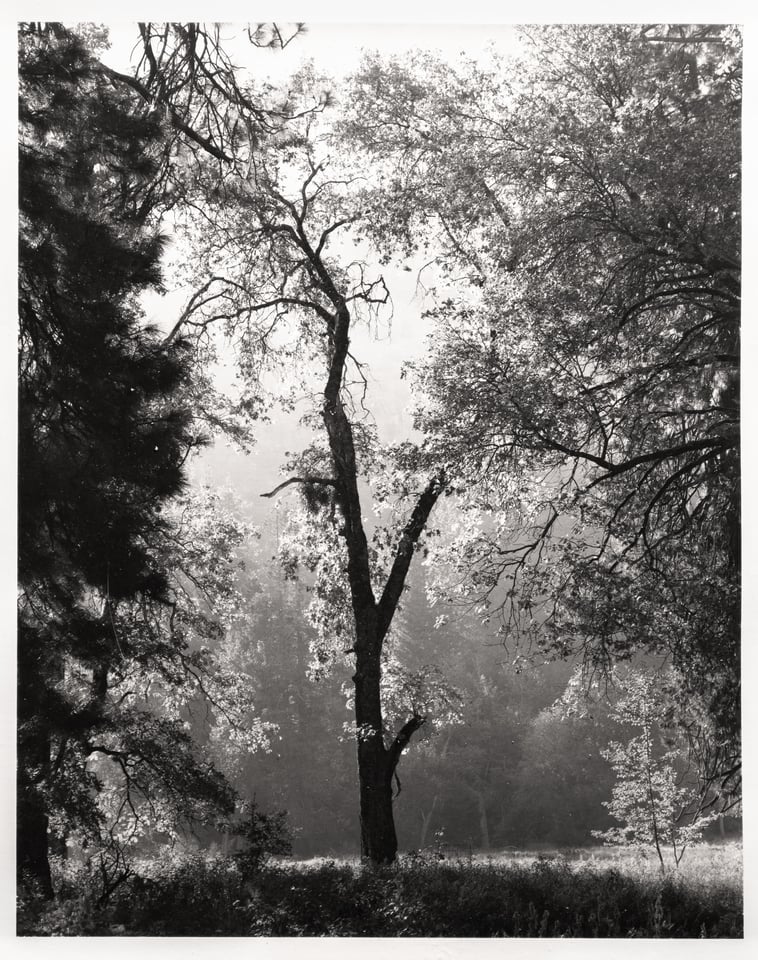نسب الارتفاع الأكثر شيوعًا
في هذا القسم، سأتناول الأمثلة الأكثر شيوعًا لنسب العرض إلى الارتفاع. بالطبع، يمكنك استخدام أي منها أو أي شيء بينهما مع الاقتصاص اليدوي، ولكن هذا ما ستراه على الأرجح:
إليك بعض نسب العرض إلى الارتفاع الأكثر شيوعًا، والتي يتم التعبير عنها بقسمة الجانب الطويل على الجانب القصير. يشير φ الخاص إلى النسبة الذهبية، بينما يشتهر 239/100 بالسينما المشوهة.
The Most Common Aspect Ratios
In this section, I will go over the most common examples of aspect ratios. Of course, you can use any of them or anything in between with freehand cropping, but these are what you will most likely see:
 Here are some of the most common aspect ratios, expressed as the long side divided by the short side. The special φ stands for the Golden ratio, and the 239/100 is popular for anamorphic cinema.
Here are some of the most common aspect ratios, expressed as the long side divided by the short side. The special φ stands for the Golden ratio, and the 239/100 is popular for anamorphic cinema.
في هذا القسم، سأتناول الأمثلة الأكثر شيوعًا لنسب العرض إلى الارتفاع. بالطبع، يمكنك استخدام أي منها أو أي شيء بينهما مع الاقتصاص اليدوي، ولكن هذا ما ستراه على الأرجح:
إليك بعض نسب العرض إلى الارتفاع الأكثر شيوعًا، والتي يتم التعبير عنها بقسمة الجانب الطويل على الجانب القصير. يشير φ الخاص إلى النسبة الذهبية، بينما يشتهر 239/100 بالسينما المشوهة.
The Most Common Aspect Ratios
In this section, I will go over the most common examples of aspect ratios. Of course, you can use any of them or anything in between with freehand cropping, but these are what you will most likely see:
 Here are some of the most common aspect ratios, expressed as the long side divided by the short side. The special φ stands for the Golden ratio, and the 239/100 is popular for anamorphic cinema.
Here are some of the most common aspect ratios, expressed as the long side divided by the short side. The special φ stands for the Golden ratio, and the 239/100 is popular for anamorphic cinema.














تعليق